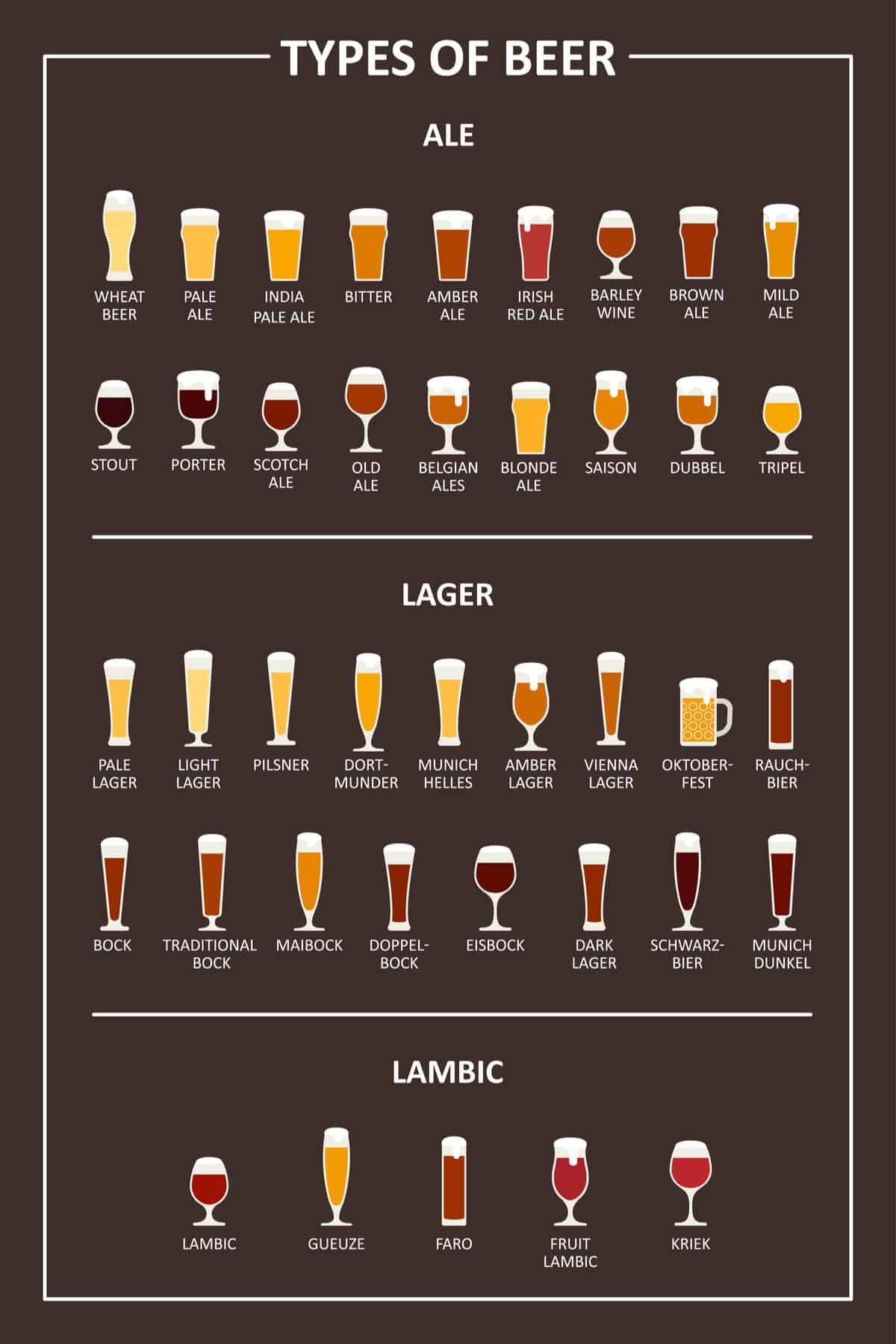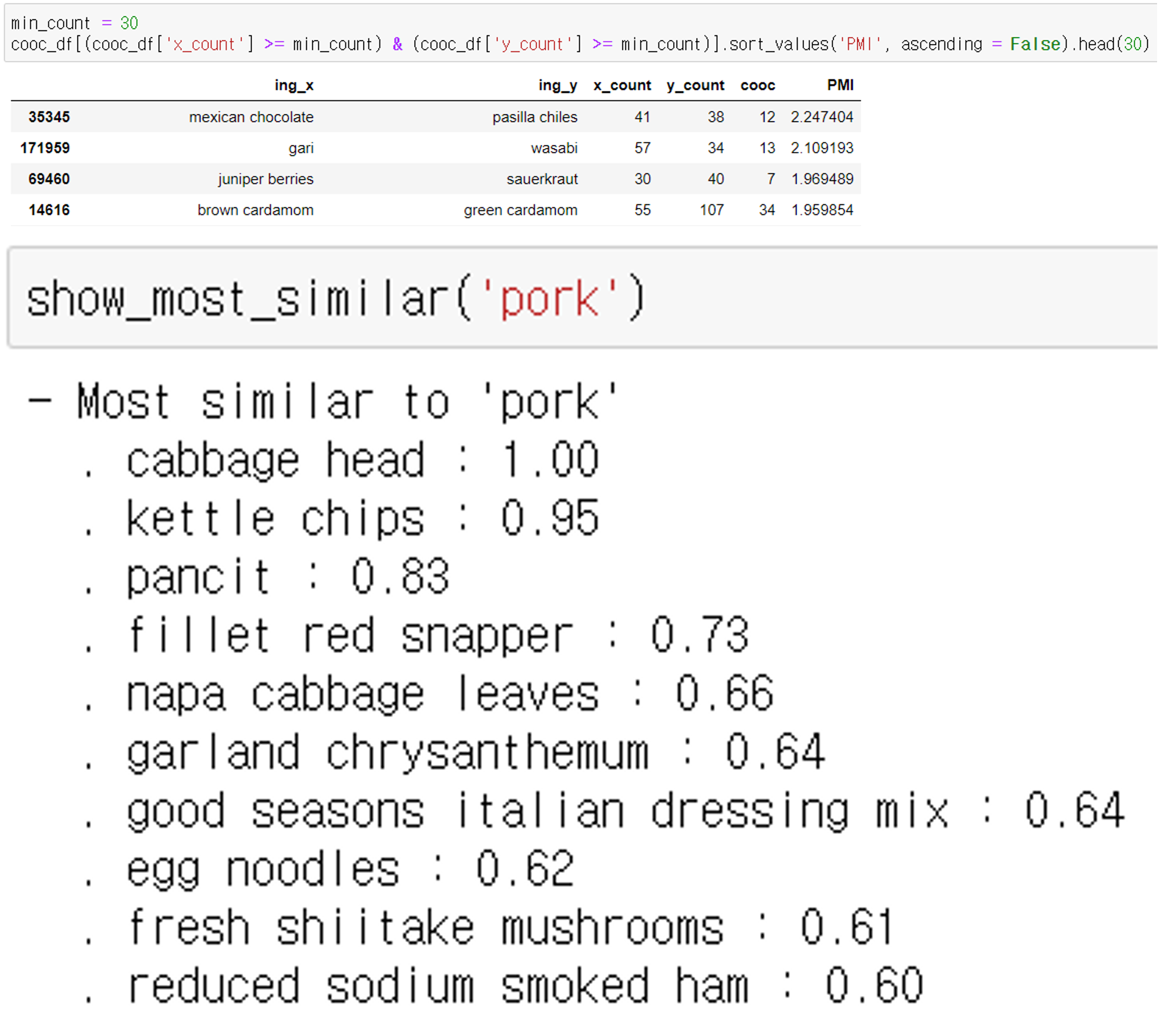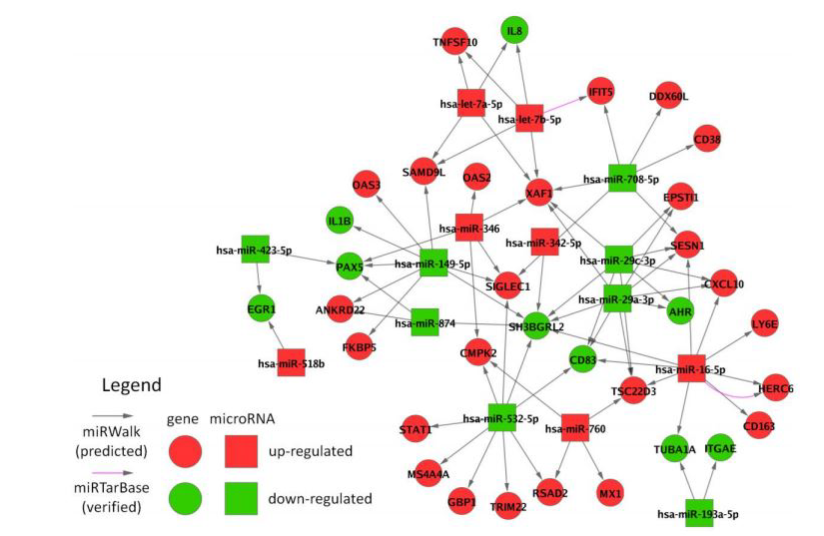Building a food recommender website
All our team members just love drinking beer and as we got tired of choosing the accompanying food, we wanted to ask the algorithm to do it for us.

All our team members just love drinking beer and as we got tired of choosing the accompanying food, we wanted to ask the algorithm to do it for us.

Collecting beer data and studying the pairing information, we processed our data. Then, we used the enormous recipe data to train and match the food options when the recommended food is inputted. The final results show the five most matching and suitable food items.

Growing up mostly in Asia, us three were not really aqcuainted with the types of beer that are from elsewhere. Despite the ignorance, we love drinking beer, and decided to create our own food pairing algorithms while learning about some of them. We want to share our experience and provide pairing service to the public by launching a website.
A beer-food pairing website
Machine learning modeling, back-end, front-end, data analytics
ML modeling, back-end, front-end, project lead
Yujin
Ki: ML modeling, data processing
Soobin Kim:
data processing, front-end

'Blonde Ale','Hefeweizen','Witbier','Classic Pilsner', 'British Style Beer','American Wheat Ale','India Pale Ale','Double/ Imperial IPA', 'Oktoberfest','Pale Ale','Red/ Amber Ale','Barley Wine','Brown Ale','Old/ Strong Ale', 'Abbey Dubbel','Dark Lager','Porter','Sweet/ Oatmeal Stout','Imperial Stout'

